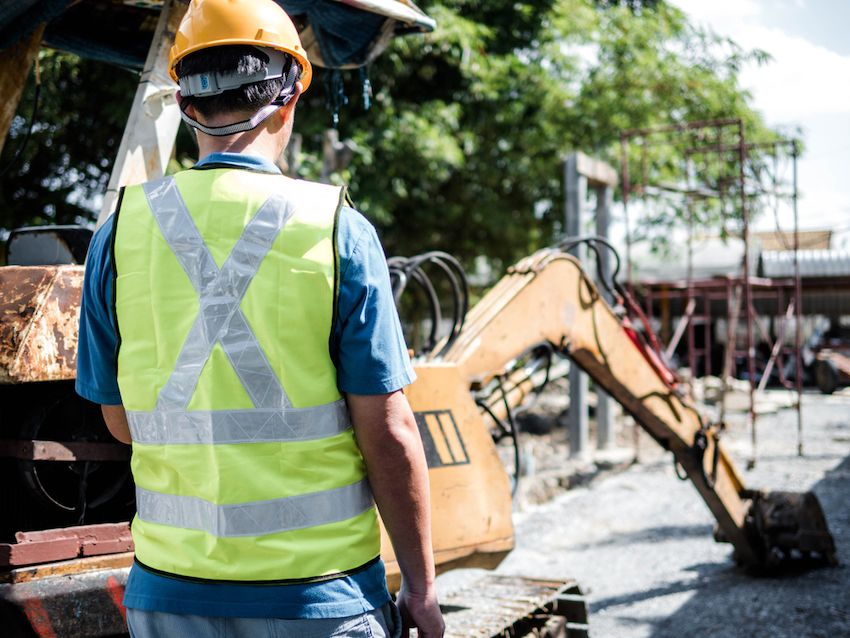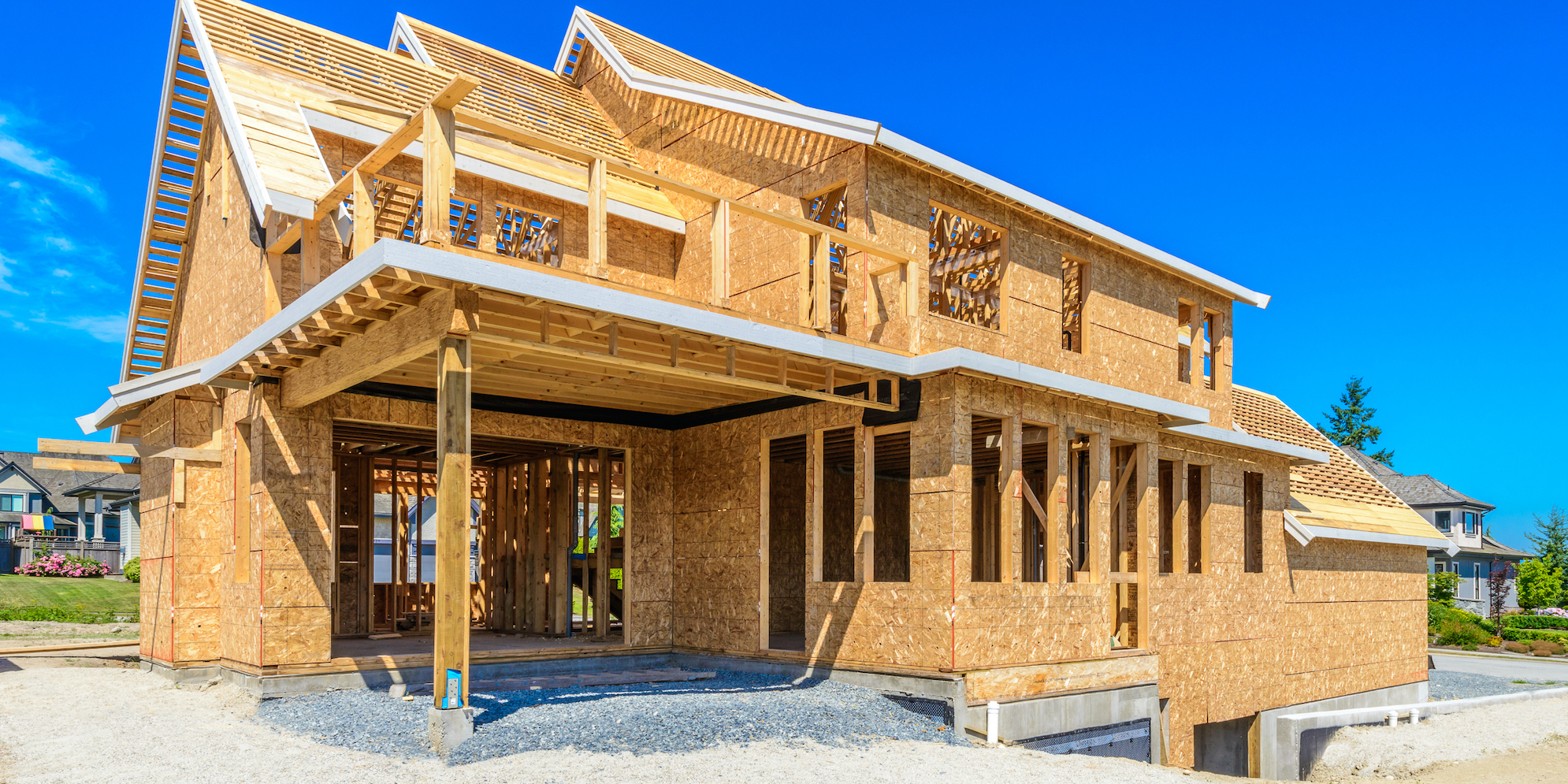If you’ve worked as a damage prevention manager for some time, it won’t surprise you that excavators are at fault for a large share of pipeline strikes. According to the Common Ground Alliance’s 2019 DIRT Report, most excavator damages happen because they fail to notify 811 of their projects. But even when excavators follow the 811 dig safe process, they damage pipes because they don’t maintain the proper clearance from verified marks, they dig before an 811 ticket’s valid start date, or they fail to shore trench walls or set up other support facilities, among other reasons.
Field interventions—where a member of your staff connects with an excavator to review safe digging practices and discuss challenges unique to a particular site—are proven to reduce pipeline damages caused by excavators. Thinking of implementing this field risk mitigation technique? Read on for a few best practices.
You might like: 5 Reasons Homeowners Don’t Call 811 Before They Dig
How gas utilities should conduct field interventions
Prioritize the riskiest excavations
Whether the territory you manage is made up of dense urban areas or sprawling countryside, one thing is certain: You do not have enough staff to oversee every excavation. The dilemma, then, is deciding which excavations require field interventions.
The most effective way to prevent gas pipeline damage is to have your staff focus their time and efforts on the riskiest excavations. An excavation could be high-risk if the company performing the work has frequently damaged your company’s pipelines in the past. Or, it could be high-risk if the consequences of a pipeline strike could be severe (for example, if the excavation is happening near a school or hospital).
To identify your riskiest excavations, use the predictive analytics damage prevention software Urbint Lens for Damage Prevention. Urbint Lens uses machine learning, a type of artificial intelligence, to predict where damages are most likely to occur, or where the consequences of damages would be the most severe, for ticketed and non-ticketed excavations.
The software takes the guesswork out of field risk management and enables gas utilities to build risk-driven pipeline damage prevention programs.
Check out: An Introduction to Damage Prevention Software
Perform in-person field interventions when possible
As the phrase, “This meeting should have been an email,” makes abundantly clear, some face-to-face meetings are unnecessary. Field interventions are an exception.
Holding field interventions at the excavation site is ideal for a number of reasons. Primarily, you know that your message will not be ignored. In-person field interventions also allow excavators to get immediate answers to any questions they might have.
Of course, if your staff’s workflow is unusually high or the drive time between excavation sites is exceptionally long, in-person meetings may not always be possible. In these cases, opt for remote interventions like video meetings, phone calls, or emails.
Prepare for resistance from excavators
Excavation companies don’t want to strike gas pipelines; it’s dangerous for their workers and they might have to foot the bill for repairs. But, this doesn’t necessarily mean they’ll be open to the idea of field interventions. At least not at first.
Robert Terjesen, a damage prevention manager at National Grid, experienced this when he first sent members of his staff—called damage prevention advisors—to excavation sites. “When we rolled out [our field intervention program]...my cell phone would ring, and it would be an excavator I dealt with over the years. They would say, ‘I know what I'm doing. Get this guy off my site,” Terjesen said at the Urbint Anticipate conference.
“Fast forward about 6 to 9 months...the conversation went like this: ‘Hey, Bob, that guy who was here identified...a tricky area on our job site. He's been really helpful in getting us to avoid damaging your facilities.”
When it comes to field interventions, don’t be put off if excavators initially push back. Persevere in your efforts and, in time, everyone involved in pipeline damage prevention will benefit.
Also see: 4 Causes of Excavation Accidents and How to Prevent Them
Learn from failed field interventions
Conducting a field intervention does not guarantee damages will not happen, but this doesn’t mean your field risk mitigation efforts were in vain.
Hold a fact-finding review any time pipeline damage occurs at a site following an intervention to determine what, if anything, could have been done differently to prevent the damage. For example, you might find that the staff member opted to send an email in lieu of an in-person field intervention, but the excavator doesn’t regularly check email. Apply what you learn during these reviews to improve your field intervention process.
Use these best practices as a guide to establish an effective field risk management initiative at your gas utility. For more information on the topic of pipeline damage prevention, check out “How to Reduce Utility Damages Straight from the Experts.”

